Mikaela shares a love for horses and is passionate about providing both the horse and the rider massage therapy as an RMT and a certified Equine Massage Bodyworker.
Equine massage bodywork is manual therapy specifically designed for horses. As it is increasing in popularity, more and more horse owners are realizing the importance of bodywork for their horses. Equine bodywork can play a significant role with: healing or maintenance of an injury, soreness associated with strengthening and conditioning, general soreness issues (usually with a root problem that needs addressing), injury prevention, increasing circulation, improving movement and flexibility, and behavioral issues related to physical problems. Horses, like people, become sore, tense and stressed for different reasons. Once they understand you are trying to help them, they are amazing at communicating in their own way, and will often tell you where the problem is. My goal is to create a conversation with the horse, and open a dialogue where the horse is honest and free to tell me whatever it needs.
Buck Brannaman said it very nicely: “Horses are mirrors into your soul. Sometimes you might not like what you see. Sometimes you will.”. Horses mirror not only personality attributes, but physical attributes also. As an avid horseback rider myself, I naturally started relating my anatomy training from registered massage therapy to how I ride, and immediately began seeing results. Not only did my equitation improve, but my horse’s movement and response to my aids also improved. That’s when I realized you cant focus solely on one side of the partnership, you must address both. This has inspired me to pursue looking at equine massage as horse and rider massage. I would like riders to realize that by getting the appropriate treatments to help your body move correctly or properly rehabilitate after falls, you can actually help your horse more than you may realize.
Let me try and explain. Horses, especially the “sensitive” ones, are naturally in tune with their bodies. I cannot tell you how many times horses know exactly what the problem is, and they find ways to try and communicate it to you, both in massage sessions and while being ridden. This type of communication could present as positioning themselves to try and present the area of discomfort, lameness, general tension through the horse’s body, resistance to curtain movements/exercises, head tossing, or unresponsiveness to specific aids to name a few. People, however, are often less sensitive to their bodies and the way they are meant to work. Most people don’t notice a physical problem until it becomes a big issue or causes pain, but I guarantee your horse will notice it. By putting a saddle on your horse and riding it, you’ve added a huge component that will change your horse’s balance and affect his movement. That component is directly connected to your own balance and movement. It’s a partnership. If your horse is not in balance, or isn’t moving properly, you notice it and try to adjust accordingly. Well, that works both ways: if the rider is out of balance, or their body isn’t moving properly, your horse will notice it and also adjust accordingly. From the rider/owner’s perspective you can often see and feel what the horse is doing to compensate for an issue with the rider. For example, if the rider is locked up through the left hip and in response begins weight bearing more to the right, the horse will mirror that tension and lean to the right also. Another common example is if your left hip/SI joint is not moving properly then the forward glide of the left side of your pelvis may be inhibited, therefore when you give the aid to pick up the left lead canter, you are not actually giving the full correct aid, and therefore your horse is not as responsive to cantering on that lead. The physical issues that may affect your riding could range from a rider imbalance, physical restriction or asymmetry, previous/unresolved injuries, weakness issues, to poor posture/bio-mechanics.
The more aware you are of how your body works and moves, the more aware you will be at helping your horse perform correctly. This is why I have created a balanced practice where I can offer horse and rider manual therapy. Using my training, assessing rides, and working with horse trainers/instructors, I’m learning to evaluate which (human) anatomical functions relate to certain movements and aids given to the horse. I want to help educate riders on how your body should move in the saddle, inspire you to take charge of your health, and recognize yourself as the athlete you are.







